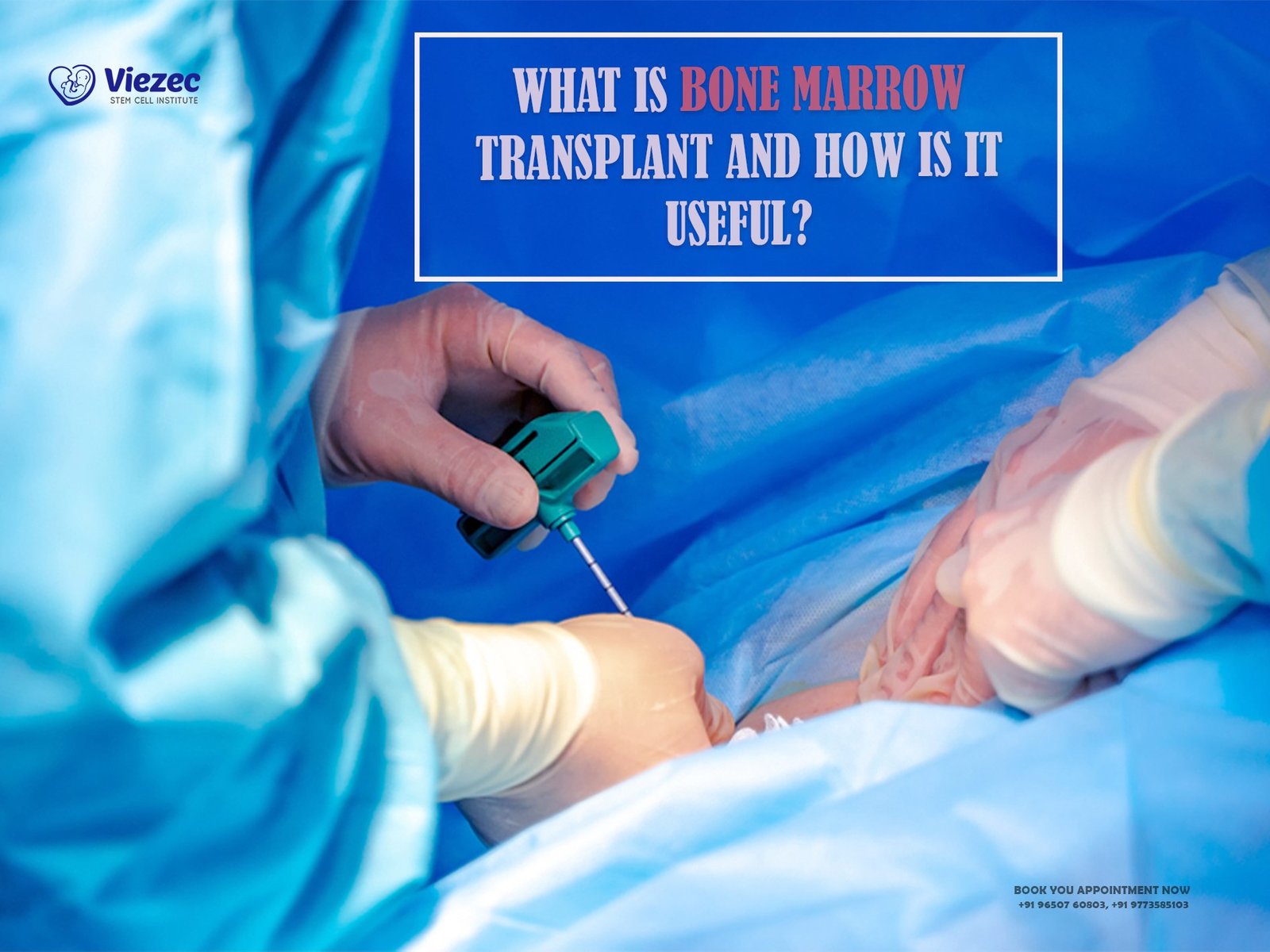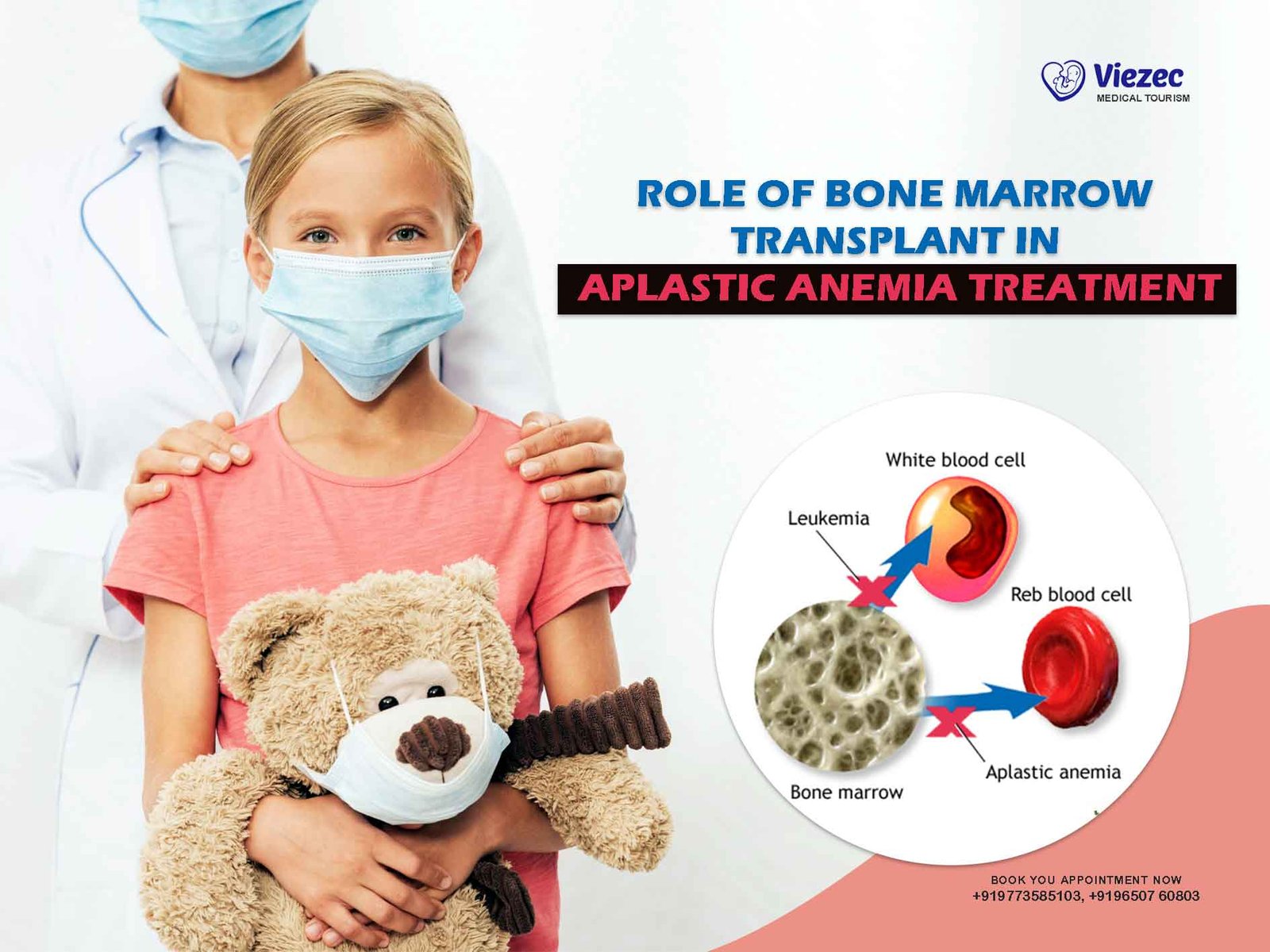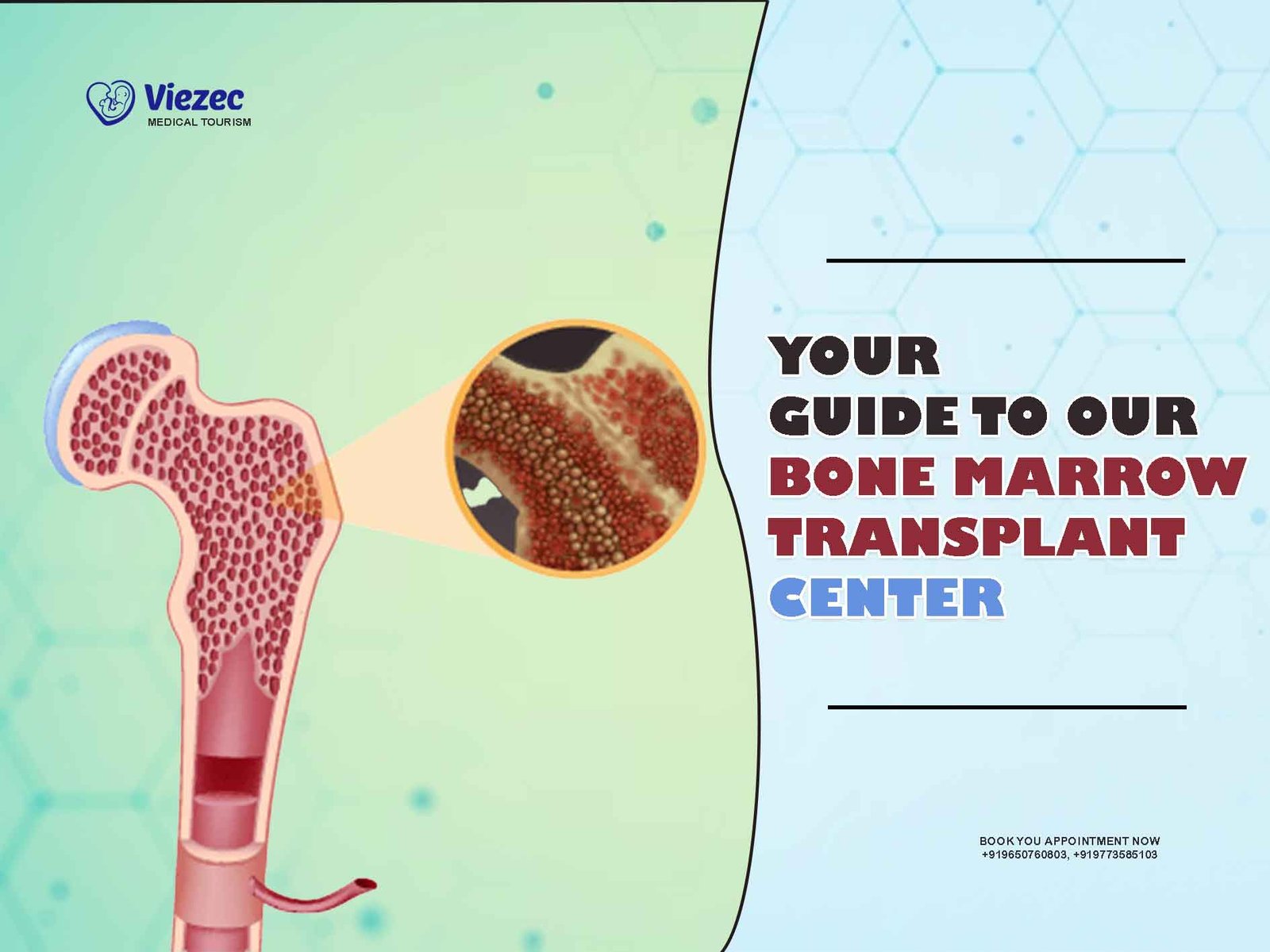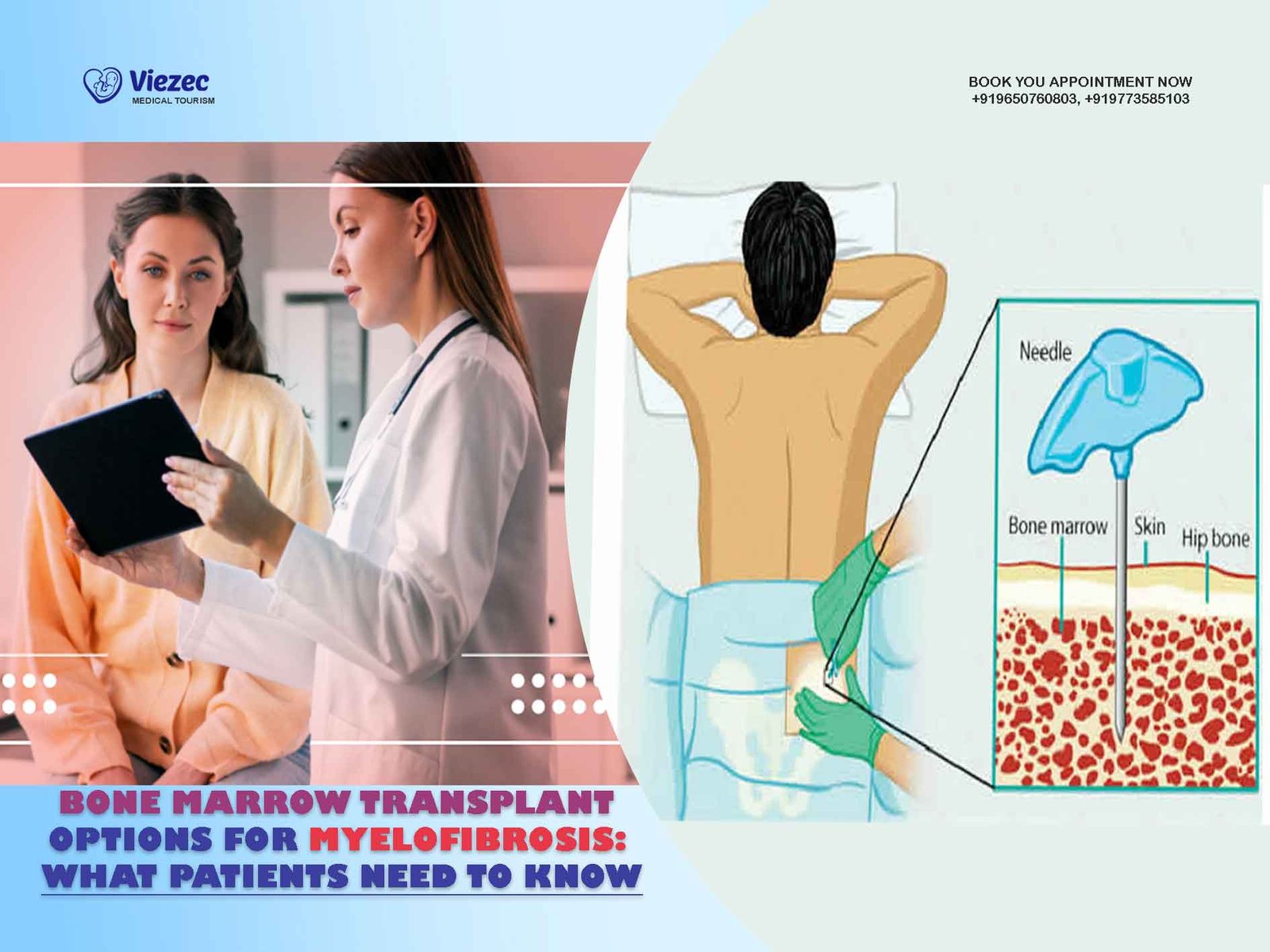Ever heard the term bone marrow transplant and felt a bit confused about what it really involves? You’re not alone! Think of your bone marrow as the body’s blood cell factory — when it breaks down due to disease or damage, your body can’t produce the vital cells it needs to survive. That’s when a bone marrow transplant (BMT) comes in, acting like a reboot button that gives your system a fresh start. For many, it’s not just another medical procedure — it’s a powerful lifeline and often the only chance at a full recovery. In this guide, we’ll walk you through the world of BMT in a friendly, easy-to-understand way — explaining what it is, how it works, and why it’s transforming lives around the world, especially in India where accessibility and affordability are opening new doors to hope.
Understanding the Basics
What Is Bone Marrow?
Bone marrow is a soft, jelly-like tissue found deep inside your bones, particularly in larger bones like the hips, spine, and breastbone. It plays a vital role in your body’s health by producing essential blood cells. These include red blood cells that carry oxygen to your tissues, white blood cells that fight off infections, and platelets that help your blood clot when you’re injured. Without bone marrow, your body wouldn’t be able to maintain a strong immune system or deliver oxygen efficiently. In a way, bone marrow acts like a central factory, constantly working behind the scenes to keep your body running smoothly. It’s one of the most important — yet often overlooked — components of your overall health.
Why Is Bone Marrow So Important?
Without healthy bone marrow, your body can’t produce enough healthy blood cells. This affects oxygen transport, immunity, and your ability to heal from injuries.
What Happens When It Fails?
When the bone marrow stops working properly, your body can no longer produce enough healthy blood cells to sustain life. This failure can be caused by serious conditions like leukemia (a cancer of blood-forming tissues), lymphoma (cancer of the lymphatic system), or severe aplastic anemia (when marrow doesn’t make enough new blood cells). As a result, patients may experience extreme fatigue, frequent infections, and uncontrollable bleeding. Over time, these symptoms can become life-threatening. In such cases, doctors often recommend a bone marrow transplant — a process where the diseased marrow is replaced with healthy stem cells to help regenerate the blood system and restore normal function.
What Is a Bone Marrow Transplant (BMT)?
A Simple Definition
A bone marrow transplant is a specialized medical procedure used to replace bone marrow that has been damaged or destroyed by disease, infection, or high-dose chemotherapy. The process involves infusing healthy blood-forming stem cells into the patient’s bloodstream, where they migrate to the bone marrow and begin producing new blood cells. These healthy stem cells can come from the patient themselves (called autologous transplant) or from a donor (called allogeneic transplant). The main goal is to restore the body’s ability to produce healthy red blood cells, white blood cells, and platelets. It’s a critical treatment for many blood-related cancers, genetic disorders, and immune system conditions. In many cases, a bone marrow transplant offers the only hope for long-term remission or cure.
The Goal of a Transplant
The main objective of a bone marrow transplant is to replace the damaged or non-functioning bone marrow with healthy stem cells that can produce new blood cells. This helps restore the body’s ability to fight infections, carry oxygen, and stop bleeding. Think of it like rebooting a frozen computer — the system isn’t working properly, so you reset it with fresh, working software. In the same way, a transplant gives your blood-forming system a clean slate. It’s a powerful way to restore life-supporting functions when the original bone marrow is failing.
Who Needs a BMT?
A BMT may be recommended for conditions like:
Types of Bone Marrow Transplants
Autologous Transplant
In an autologous transplant, the patient is their own donor. Doctors collect the patient’s healthy stem cells before beginning intensive treatments like high-dose chemotherapy or radiation. These stem cells are then frozen and stored safely. Once the treatment destroys the diseased or cancerous cells, the preserved stem cells are reinfused into the patient’s bloodstream to help regenerate healthy marrow. This type of transplant is commonly used in conditions like multiple myeloma and Hodgkin’s or non-Hodgkin’s lymphoma. Since the body recognizes its own cells, the risk of rejection is minimal.
Allogeneic Transplant
An allogeneic transplant involves stem cells from another person — usually a genetically matched sibling or a volunteer donor. This option is necessary when the patient’s bone marrow is too damaged or diseased to be used. Before the transplant, careful matching is done through HLA (human leukocyte antigen) typing to reduce the chances of complications. The healthy donor stem cells then help rebuild the patient’s blood-forming system. This type is particularly effective in treating leukemias, aplastic anemia, and some genetic blood disorders. However, there’s a higher risk of graft-versus-host disease (GVHD), which requires careful monitoring.
Haploidentical & Umbilical Cord Transplants
A haploidentical transplant uses stem cells from a half-matched family member — often a parent, child, or sibling. This has become a promising option for patients who don’t have a fully matched donor. Advances in immunosuppressive therapies have made this approach much safer and more successful in recent years.
On the other hand, umbilical cord blood transplant involves using stem cells collected from a newborn’s umbilical cord, which are stored in public or private banks. Though the number of stem cells is lower, these cells are highly adaptable, making them suitable for pediatric patients or adults with no available matches. Both methods are expanding access to life-saving treatments for many.
The Bone Marrow Transplant Process
Before the Transplant: Testing & Matching
Before jumping into a bone marrow transplant, doctors perform a series of thorough tests to ensure the patient is ready — both physically and genetically. These include routine blood tests to check overall health, a bone marrow biopsy to understand the extent of the disease, and HLA typing, which is crucial for finding a suitable donor match. Infection screening is also done to avoid complications post-transplant. Think of this phase as carefully preparing the soil before planting — because without the right foundation, the treatment may not “take root” effectively. Every detail matters in setting the stage for a successful outcome.
During the Transplant
Despite sounding intense, a bone marrow transplant isn’t a surgical operation. The healthy stem cells — either from the patient or a donor — are delivered through an intravenous (IV) line, much like receiving a regular blood transfusion. The process is painless and usually takes a few hours. Patients are monitored closely during and after the infusion for any allergic reactions or side effects. Medical staff ensure the cells travel through the bloodstream and settle into the bone marrow to begin producing healthy blood cells. It’s more about waiting and watching than operating.
After the Transplant: Recovery Phase
The recovery phase is critical and often requires hospital isolation to minimize infection risks. Patients are given immunosuppressive medications to prevent their body from rejecting the new stem cells. Regular blood tests help doctors monitor white cell counts, platelets, hemoglobin levels, and signs of graft-versus-host disease (GVHD). Nutritional support, hydration, and mental health counseling are also part of post-transplant care. The first 100 days are especially important — but recovery may continue for several months, depending on the individual case. Think of it as nurturing a newly planted seedling until it becomes a strong tree.
Benefits of Bone Marrow Transplants
Bone marrow transplants offer several life-changing advantages that go beyond immediate treatment.
Life-Saving Treatment
For many serious illnesses — especially blood cancers like leukemia or lymphoma — a bone marrow transplant can be the only curative solution. It replaces the diseased bone marrow with healthy, functioning stem cells that can rebuild the immune system and fight cancer cells. Without a transplant, many of these conditions have very limited treatment options. In that sense, BMT becomes a medical lifeline. It’s often recommended when conventional therapies have failed.
Long-Term Disease Control
A successful transplant not only treats the disease but also offers long-term remission. Patients can often live a normal, healthy life for years or even decades following a transplant. For conditions like thalassemia or aplastic anemia, a one-time BMT can provide a permanent cure. Many patients return to work, school, and everyday activities with restored energy and health. It’s not just treatment — it’s renewal.
Backed by Research
Scientific studies, particularly from top Indian institutes like AIIMS and CMC Vellore, show promising outcomes. Survival rates for matched donor transplants range from 60% to 90%, depending on factors such as the patient’s age, disease stage, and type of transplant. Pediatric cases with early diagnosis often show even higher success rates. Continuous improvements in pre- and post-transplant care are making the procedure safer and more effective. These numbers reflect real hope — not just possibilities.
Bone Marrow Transplant in India
India has emerged as a leading destination for bone marrow transplants, attracting patients from all over the world. This growth is driven by a combination of cost-effective treatment, skilled medical teams, and access to world-class infrastructure. Indian hospitals are now equipped with advanced hematology and transplant units that rival Western standards. The country’s growing network of stem cell registries also improves donor availability. Patients benefit from shorter waiting times and personalized care at a fraction of global costs.
Affordable Treatment Options
One of the key reasons India is a popular medical tourism hub is the affordability of its healthcare services. Bone marrow transplant procedures in India are significantly cheaper than in countries like the U.S. or the UK, without compromising on quality. This makes life-saving treatments accessible even to international patients who lack insurance or face high out-of-pocket expenses. Hospitals offer flexible packages, financial counseling, and post-operative care within affordable budgets. For many families, this cost advantage makes treatment possible where it otherwise wouldn’t be.
Experienced Transplant Specialists
India is home to a large pool of experienced hematologists and transplant surgeons who are internationally trained. Many of them have performed hundreds of successful transplants and are familiar with complex cases including pediatric and haploidentical BMTs. Their expertise is supported by multidisciplinary teams including oncologists, pathologists, and intensive care specialists. Continuous training and participation in global conferences ensure they stay updated with the latest transplant protocols. This depth of experience builds trust and improves patient outcomes.
Modern Infrastructure in Major Cities
Leading Indian cities like Delhi, Mumbai, Chennai, and Bangalore now house advanced bone marrow transplant centers. These hospitals are equipped with HEPA-filtered transplant rooms, high-end diagnostic labs, and intensive care units for immunocompromised patients. Electronic medical records, telemedicine support, and 24/7 nursing care contribute to a smooth treatment journey. The presence of international patient services ensures seamless coordination for foreigners. All these factors create a world-class environment conducive to successful transplants.
Bone Marrow Transplant Cost in India
India offers some of the most affordable BMT procedures globally. The average cost of an autologous bone marrow transplant in India ranges from ₹10 to ₹15 lakhs, while an allogeneic transplant may cost ₹18 to ₹25 lakhs, depending on the hospital and donor type. In contrast, the same procedures can cost ₹80 lakhs or more ($100,000+) in the United States. Despite the lower cost, Indian hospitals maintain high medical standards and deliver comparable success rates. This price difference makes India an ideal destination for patients from both developing and developed countries.
Top Hospitals for BMT in India
India’s leading hospitals have earned international recognition for their excellence in bone marrow transplantation.
-
Tata Memorial Hospital, Mumbai: A premier government-run cancer center with extensive BMT experience and affordable care.
-
AIIMS, New Delhi: A top-tier public institute known for high patient volumes, skilled faculty, and advanced facilities.
-
CMC Vellore: Offers high-quality transplants with a strong reputation for patient-centered care and ethical practices.
-
Apollo Hospitals (Chennai, Delhi, Hyderabad): A private hospital group with cutting-edge transplant units and international accreditations.
-
Fortis Hospitals (Bangalore, Noida): Known for personalized treatment plans, experienced teams, and strong post-transplant support.
These centers combine medical excellence, affordability, and infrastructure, making India a compelling choice for BMT.
Risks and Complications
Common Side Effects
-
Infections
-
Bleeding
-
Graft-versus-host disease (GVHD)
-
Fatigue
-
Mouth sores
How Are They Managed?
With powerful medications and close monitoring. Hospitals have strict protocols to reduce infection and rejection risks.
A bone marrow transplant is more than a procedure. It’s a lifeline. For many patients battling blood cancers and genetic disorders, it offers real hope. While it does involve risks, careful screening, expert care, and modern facilities have made BMTs safer and more successful — especially in India.
FAQs
Is a bone marrow transplant painful?
The transplant procedure itself isn’t painful — it’s just like receiving an IV drip. However, the pre-transplant conditioning (like chemotherapy or radiation) may cause temporary discomfort, nausea, or fatigue. These side effects are closely monitored and managed by the medical team.
How long does recovery take?
Initial recovery from a bone marrow transplant typically takes 3 to 6 months, during which patients regain strength and blood counts. However, full immune system recovery may take up to a year. Regular follow-ups and a healthy lifestyle play a key role in successful healing.
Can anyone be a donor?
Not everyone can be a bone marrow donor — a close genetic match is essential to reduce the risk of rejection. Siblings have about a 25% chance of being a full match, while unrelated donors are found through stem cell registries. Compatibility is determined through HLA typing.
What are the success rates of BMT in India?
In India, bone marrow transplant success rates range from 60% to 90%, depending on factors like the underlying disease, age, type of transplant, and donor match. Advances in medical care and early diagnosis are steadily improving these outcomes across leading hospitals.
Is BMT the only treatment option?
While BMT is often the only curative option for diseases like leukemia, it isn’t always the first line of treatment. Depending on the case, alternatives like chemotherapy, targeted therapy, or immunotherapy may be considered. Doctors recommend BMT when other methods aren’t enough or have failed.









